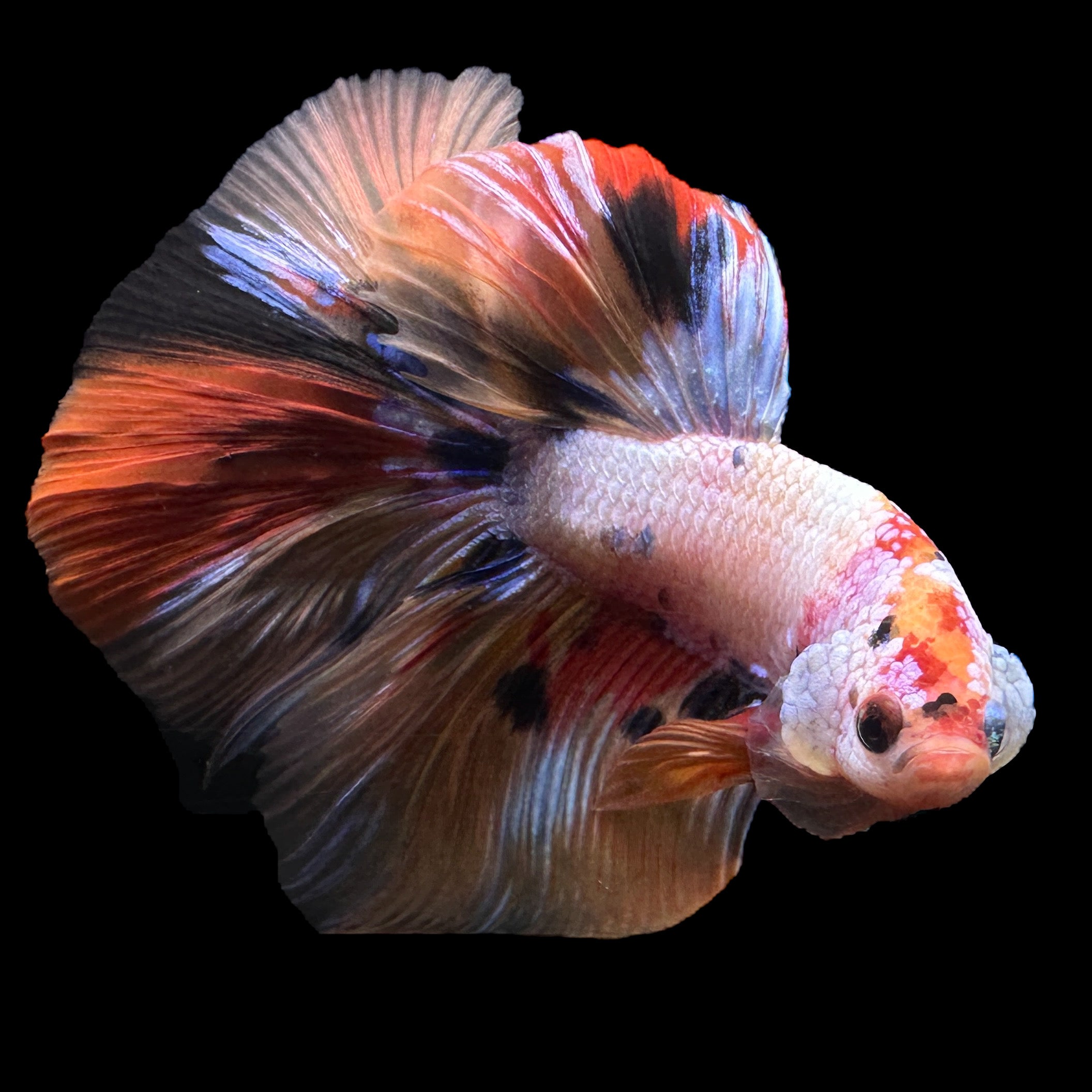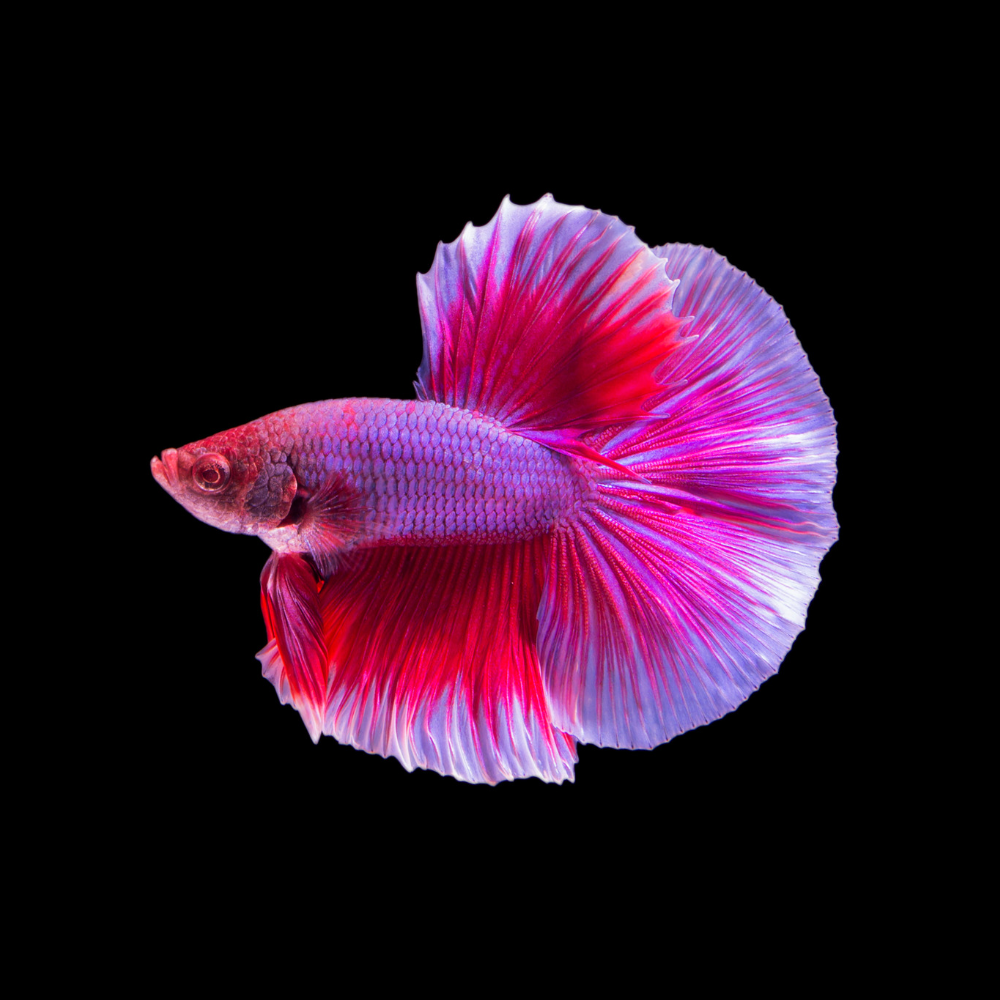How to Reproduce Betta Fish Effectively: Specialist Strategies and Insights for Hobbyists Aiming To Increase Their Betta Collection
Breeding Betta fish calls for a nuanced understanding of genes and environmental problems, making it crucial for hobbyists to approach the procedure with both persistance and care. Developing an ideal breeding setting, selecting the appropriate sets, and observing the intricacies of their courtship habits are fundamental actions that can dramatically influence the outcome. In addition, the subsequent treatment of the fry is essential for ensuring their healthy development. As we explore these key parts, it becomes clear that effective breeding is not practically the initial pairing yet includes a more comprehensive approach that merits mindful consideration.
Recognizing Betta Fish Genes
Understanding the genes of Betta fish is crucial for successful reproduction, as it affects attributes such as shade, fin shape, and habits. Betta fish display a varied selection of shades and patterns, greatly established by their hereditary make-up. The key genetics accountable for pigmentation consist of the "B" genetics for blue, "D" genetics for red, and the "C" genetics for shade intensity. Dog breeders can control these qualities by picking particular moms and dad fish that show preferred attributes.
In addition to coloration, fin morphology is one more considerable aspect of Betta genes (betta fish). The shape and size of fins are affected by various genes, consisting of those that determine whether the fins are brief, long, or veil-shaped. Recognizing these genetic variations assists dog breeders forecast the phenotypic results of their children
Furthermore, behavioral qualities such as aggressiveness and territoriality can also be influenced by genes. These habits play a vital function in the reproducing procedure, as they can affect spawning success and the overall character of the resulting fry. By thoroughly understanding these hereditary concepts, dog breeders can make informed choices, eventually boosting their reproduction programs and achieving preferable results.
Preparing the Reproduction Atmosphere
Creating an optimum breeding atmosphere is vital for the effective reproduction of Betta fish. The initial action in preparing this atmosphere is to pick an ideal breeding tank, ideally ranging from 5 to 10 gallons.
Following, consider the usage of a sponge filter or an air rock to give mild water flow without producing strong currents that can worry the fish. It is necessary to install plants or breeding cones to provide hiding areas and advertise comfort for the woman throughout the spawning procedure. Drifting plants, such as Java moss or water sprite, can likewise develop a much more native environment while assisting in bubble nest building by the man.
Prior to introducing the breeding sets, ensure the water is conditioned and totally free from dangerous chemicals, such as chlorine or heavy steels. betta fish. Normal water adjustments need to be performed to preserve ideal water quality, enhancing the possibilities of effective reproduction. With these preparations in position, the breeding setting will certainly sustain the health and health of both Betta fish
Choosing Breeding Pairs
Picking the best breeding sets is critical for attaining successful Betta fish reproduction. Healthy and balanced Betta fish show vivid colors, clear eyes, and active behavior.
Personality is one more essential consideration, as Betta fish are understood for their hostile nature. It is recommended to pick a man and female that display compatible characters to decrease stress and anxiety throughout the reproducing procedure. A tranquil man can encourage a smoother courtship, while a female that is as well hostile may interfere with the process.
Hereditary background also plays a substantial role in the quality of the offspring. Breeding fish that are genetically varied can decrease the danger of hereditary health concerns and boost the total vitality of the fry. It continue reading this is useful to research the family tree of both the man and lady, focusing on preferable attributes such as fin kind, color patterns, and size.
The Reproduction Process
The breeding process of Betta fish calls for mindful preparation and interest to information to guarantee a successful outcome. It is important to prepare an ideal breeding tank, ideally a 5-10 gallon fish tank with a temperature level maintained at 78-80 ° F. The storage tank ought to be equipped with a heating unit, filter (preferably sponge type to prevent solid currents), and plenty of marine plants for the lady to hide.
As soon as the atmosphere is set, introduce the chosen breeding set to the container, allowing them to adjust. Observe their behavior; the male will present fancy courtship rituals, including flaring his fins and building a bubble nest. If the woman reveals rate of interest, she will show vertical stripes indicating preparedness for spawning.
When the lady is responsive, the set will involve in a breeding embrace, during which the male fertilizes the eggs. Preserving ideal water conditions throughout this duration is crucial for the growth of healthy Betta fry.
Taking Care Of Betta Fry

Feeding Betta fry is vital, as they call for a diet regimen go to this site high in protein. Originally, they can be fed infusoria or liquid fry food, transitioning to finely smashed high-grade pellets as they expand. Feed tiny portions several times a day to urge healthy growth without overloading the storage tank with uneaten food.

As they mature, check their development closely and divide any kind of aggressive individuals to avoid injury. By giving a supporting atmosphere and appropriate nourishment, enthusiasts can efficiently raise Betta fry right into dynamic, healthy fish, ultimately improving their reproduction undertakings.
Final Thought
Successful Betta fish reproduction needs precise interest to hereditary option, ecological problems, and treatment for the fry. By comprehending the genes of Betta fish and preparing a suitable breeding atmosphere, enthusiasts can improve the chances of generating dynamic, healthy and balanced offspring.